1. Yanjin, China
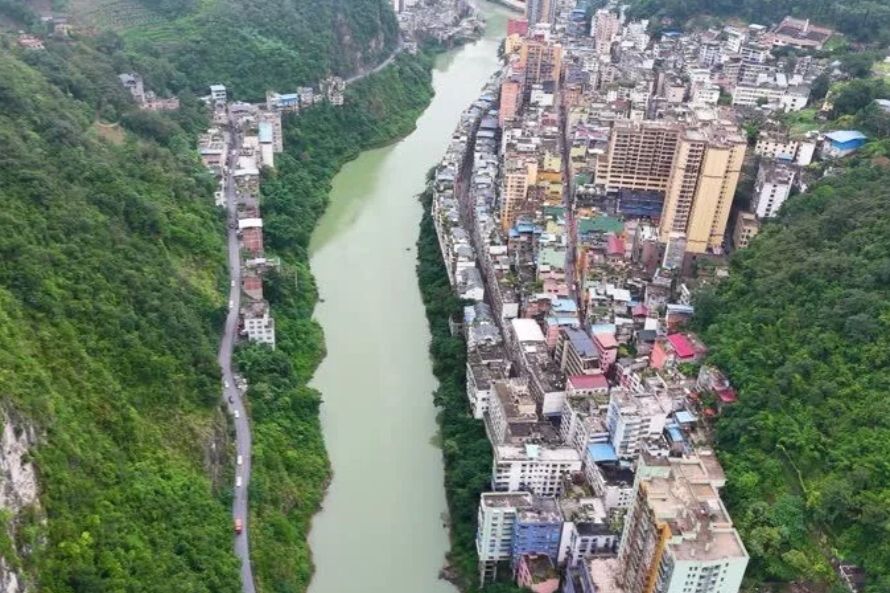
Humans are notoriously stubborn, especially when it comes to deciding where to settle down… This incredibly narrow city is squeezed into a deep, steep-sided gorge along the Nanxi River in Yunnan province, making wide-scale development impossible. The entire urban area is essentially a continuous, linear strip, often less than 300 meters (1,000 feet) wide, with residential buildings constructed on high stilts along the riverbanks to protect against seasonal flooding. Its survival is due to the lack of available flat land in the mountainous region, forcing the community to utilize every inch of the gorge bottom. It works as a local center for commerce and a stopover point, with its tight constraints fostering a unique, high-density, vertical community.
2. Longyearbyen, Svalbard, Norway
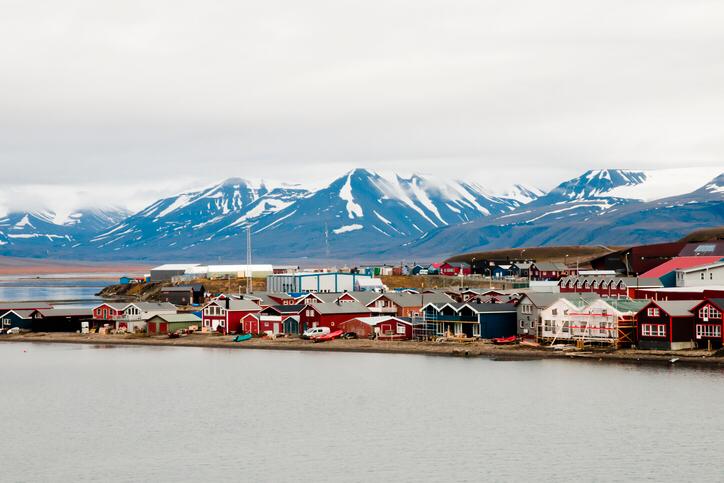
Located in the Arctic Circle, Longyearbyen is one of the world’s northernmost settlements, where permafrost and long, dark polar nights create an incredibly hostile environment. The city operates with unique regulations, including a famous rule against being buried in the local graveyard because the permafrost prevents bodies from decomposing, which could potentially preserve viruses. Despite the extreme cold and isolation, the city thrives as a center for scientific research, particularly climate study and satellite communication. Its success is rooted in the strategic location, making it a critical hub for international research and a gateway for high-latitude scientific cooperation.
3. La Rinconada, Peru
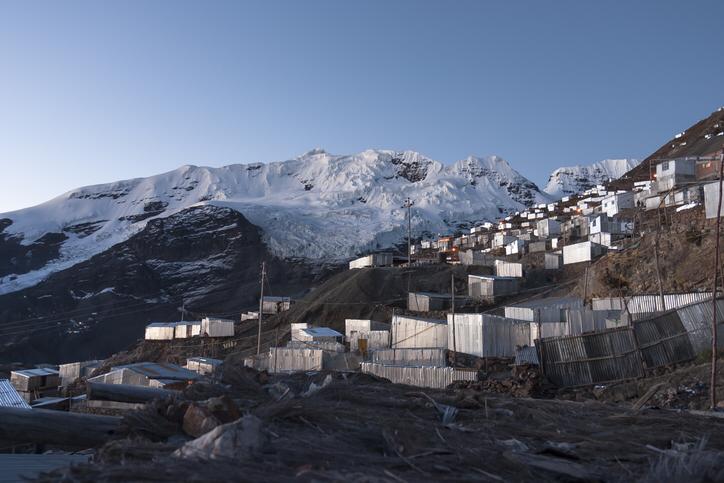
Perched in the Peruvian Andes at an astonishing altitude of over 5,100 meters (16,700 feet) above sea level, La Rinconada is often cited as the world’s highest permanent settlement. The thin air presents severe health challenges due to chronic oxygen deprivation, which is comparable to living on Mount Everest’s base camp. The city’s existence is purely driven by the gold mine located nearby, attracting a transient population of miners willing to endure the brutal conditions for economic opportunity. This precarious town functions due to the immense value of its gold resource, overpowering the human-body limitations imposed by its extreme elevation.
4. Venice, Italy
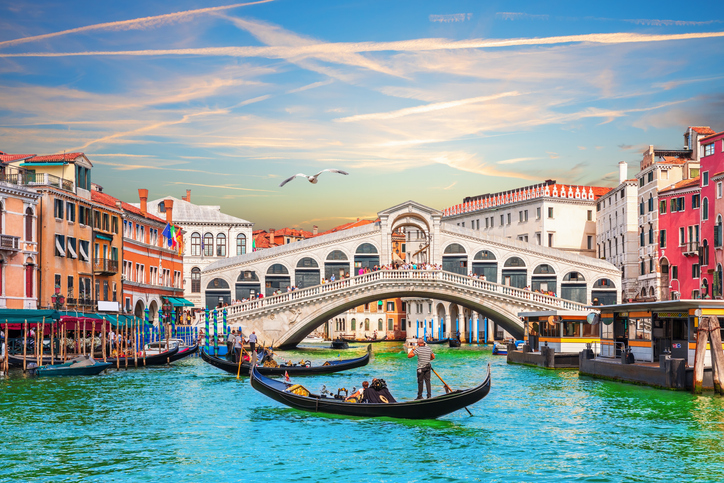
Built upon more than 100 small islands in a shallow lagoon, Venice’s location made it historically defensible but created immense engineering challenges. The city’s foundation consists of millions of wooden piles driven into the soft clay and mud, which ironically petrify and harden over time due to constant exposure to saltwater, creating a stable platform. Its success was not geographical but strategic; the defensible position allowed it to become a major maritime power and trading hub between Western Europe and the rest of the world for centuries. Today, it still works because of this historical legacy, cultural tourism, and continuous, complex maintenance to combat subsidence and flooding.
5. Iquitos, Peru
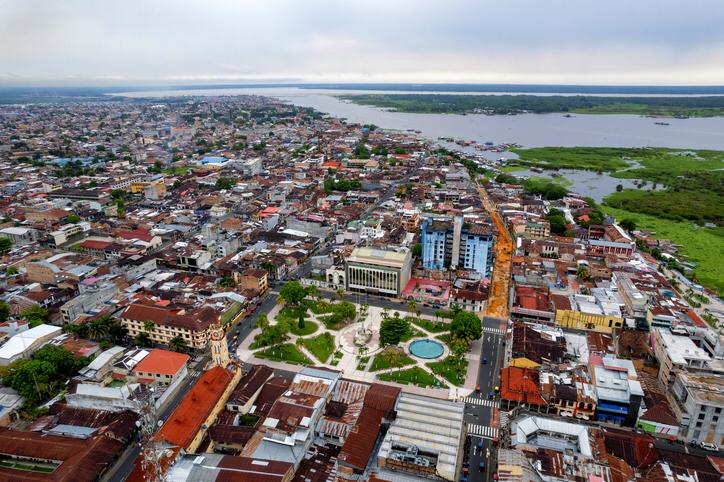
Iquitos is the largest city in the world that is inaccessible by road, sitting deep within the Peruvian Amazon rainforest. It can only be reached by air or by boat via the Amazon River, making its isolation a defining feature. The city’s massive population of over 400,000 people survives by acting as a critical port and trade gateway for the surrounding Amazon basin, specializing in the export of goods like timber, rubber, and petroleum. Its improbable success is a testament to its role as a vital commercial nexus, transforming its challenging remoteness into a logistical advantage for regional resource exploitation and commerce.
6. Brasília, Brazil

Brasília was deliberately constructed almost from scratch in the inhospitable, semi-arid interior plateau of Brazil, far from the established coastal population centers. The entire endeavor was a political and visionary project, launched in the 1950s, to decentralize power and spur development in the country’s interior. Its success is purely a matter of governmental will and function; as the country’s capital and a UNESCO World Heritage site known for its modernist architecture, it is sustained by the constant influx of federal employees, national infrastructure, and political necessity, effectively creating a thriving metropolis where none naturally existed.
7. Coober Pedy, Australia
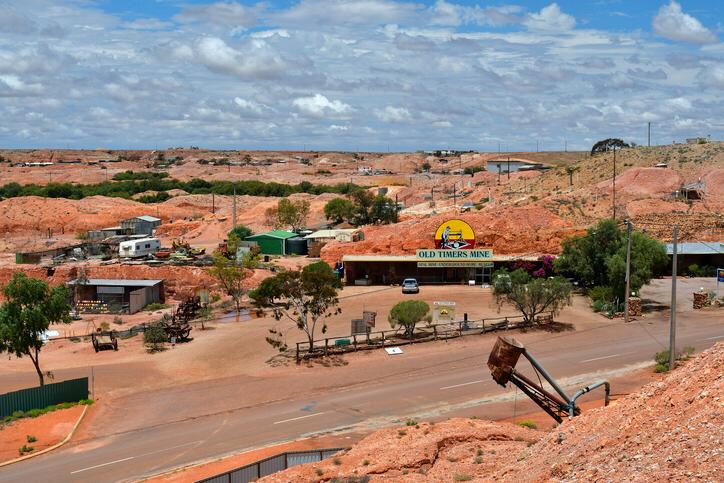
This South Australian town is the world’s primary source of opal, yet the surface temperatures are so brutally hot that nearly 60% of the residents live underground in homes called “dugouts.” These dugouts maintain a naturally cool, stable temperature year-round, typically around 23C to 25C (73F to 77F), offering essential relief from the scorching desert heat that often exceeds 40C (104F). The city’s survival is entirely linked to the valuable opal mining industry, making the extreme living conditions a worthwhile trade-off for the promise of wealth. The community has adapted with underground churches, hotels, and even art galleries, turning a geological constraint into a unique, comfortable, and sustainable lifestyle.
8. Setenil de las Bodegas, Spain

This unique Andalusian town is literally built into and under the massive rock overhangs of a gorge carved by the Río Trejo. Instead of digging into the earth for protection, the residents simply built the fronts of their houses against the natural caves and cliffs, utilizing the rock formation as their roof. This seemingly precarious construction actually works exceptionally well because the overhanging rock provides natural climate control, offering cool shade in the summer and insulation in the winter. Its ingenious use of the natural landscape created a highly efficient and defensible settlement that endures today through its agricultural output and charming tourism.
9. Dubai, United Arab Emirates

Dubai is a global metropolis built on a barren coastal desert, requiring massive infrastructural investments for everything from water desalination to artificial cooling and reclamation of land from the sea. The city’s success is not based on traditional geography, but on its strategic position as a global finance, trade, and tourism hub. The discovery of oil initially funded its explosive growth, but its modern resilience is due to a massive diversification into non-oil sectors, leveraging its advantageous global flight path location and political stability to become an attractive destination for international business and luxury tourism.
10. Whittier, Alaska, USA

Nestled on the shore of Prince William Sound, this remote Alaskan city is famously known for housing nearly all of its approximately 200 residents in one single 14-story building, the Begich Towers. The extreme weather, including annual snowfall measured in meters and winds often over 60 mph, makes traditional sprawl impractical. The single building allows residents to live, work, attend school, and access most essential services without ever having to go outside, a crucial adaptation. Its existence is tied to its deep-water, ice-free port and its history as a military outpost, making it a critical logistical node despite its harsh, isolated setting.
They stand as remarkable monuments to human flexibility, showing that when necessity dictates, whether for survival, commerce, or political vision, a community can turn the biggest disadvantage into its most enduring feature.
This story 10 Cities Built Where No City Belongs, And Why They Work Anyway was first published on Daily FETCH


